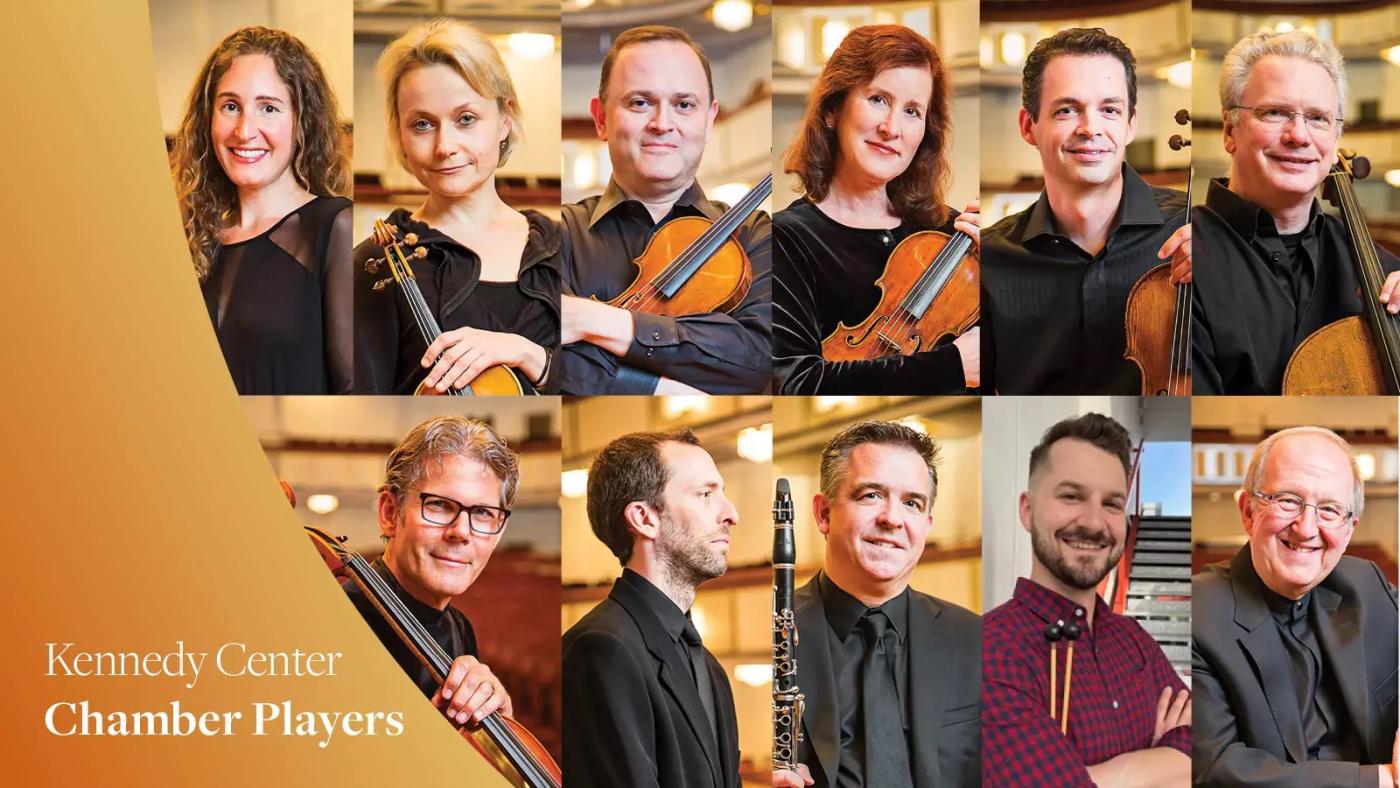Noseda conducts Wagner: The Ring without Words (compiled by Lorin Maazel)
How do you condense 15 hours of music into about 75 minutes, the length of a CD? This is the challenge conductor Lorin Maazel faced when he was commissioned to compile The Ring without Words, creating a symphonic synthesis of the 4 operas of Wagner’s Ring Cycle. Maazel remembered what Wagner’s grandson, Wieland Wagner, had once told him: “The essence of the work is to be found, after all, in the orchestra. This is the subtext, the universal subconscious that links Wagner’s characters together...”
According to the Berlin Philharmonic website (they recorded the work in 1987), Maazel decided that his “symphonic synthesis” had to follow a certain structure: from the first note of Das Rheingold to the last chord of Götterdämmerung, the score had to flow without interruption, faithfully following the story, and every note had to be Wagner’s. The Rhine...Valhalla...the Ride of the Valkyries...Siegfried’s Funeral March and Brünnhilde’s Immolation--It's all there, ready to be brought to life by Gianandrea Noseda and the National Symphony Orchestra this week at the John F. Kennedy Center for the Performing Arts.
You could say that Maestro Noseda is immersed in Wagner’s Ring. In his role as General Music Director of the Zurich Opera, he has just conducted one acclaimed Ring cycle, with two more set for this Spring. He was voted “Best Conductor 2023” by the German OPER! AWARD, notably for his Wagner interpretations. According to the jury: “Noseda thrills audiences and critics alike with his fresh take on this monumental score...he’s proven himself to be a true Wagnerian.”
For Noseda, becoming a Wagnerian was a cultural journey, an unseen benefit from the enforced isolation of the pandemic. As he says: [it] gave me the time to really get deep inside all the ideas of the Ring, I could properly approach this world, which is completely different from the world of the Mediterranean people, Italian people, we need to make an effort to just swim in this ocean.”
If you want to get your feet wet in Wagner World or if you are a confirmed Wagnerite already, Wagner without Words is a fantastic way to take a deep dive in the symphonic flow of the Ring. To quote the “arranger” Lorin Maazel, “I think that as an introduction to the Ring, this version is an unqualified success.”
Gianandrea Noseda conducts Wagner’s Ring Without Words
Thursday 1/11, 7 pm; Friday 1/12, 11:30 am; Saturday 1/13, 8 pm
Kennedy Center Concert Hall
The Kennedy Center Chamber Players Winter Concert
Sun, January 14th at 2 p.m. in the Terrace Theater
Composed of titled musicians of the National Symphony Orchestra, this acclaimed ensemble presents classics from two centuries of music.
The first half of the program features two Hungarian works, Kodály’s 1920 Serenade for two violins and viola and Bartók’s 1938 Contrasts for clarinet, violin, and piano.
Both composers were friends and avid ethnomusicologists, collecting folk music in the field and incorporating it into their works.
Kodály’s Serenade dates from a difficult period when a right-wing government fired him from his post as Deputy Director at the National Academy of Music in Budapest. Nevertheless, as its title suggests, the Serenade is highly entertaining, with the second movement a witty dialogue between the first violin and the viola with the second violin providing accompaniment. The third movement is a folk dance.
In 1938, clarinetist Benny Goodman and violinist Joseph Szigeti commissioned Bartók’s “Contrasts” for clarinet, violin, and piano. The word “contrasts” refers to the challenge of accommodating the three very different instruments used in the piece. As the pianist, Bartók politely gave the honors to the clarinet and violin parts. You could think of the work as a sort of soldier’s tale. The first movement is a traditional recruiting dance or Verbunkos...the slow movement is titled Pihenö (relaxation) and the last is the Sebes, the dance the young recruits perform before going off to war. Interesting that he wrote this at the dawn of WWII.
After intermission, the program moves to a work by Jessica Mays, “Anthem for Go.” Described by the composer as “a desire for risk-taking and change...this is an anthem for that brilliant fire that lives in us all.” Anthem for Go is part of the Kennedy Center’s Cartography Project, a multi-year commissioning project in collaboration with the National Symphony Orchestra and Washington National Opera, committed to engaging artists from around the nation to map Black dignity and Black futures.
The concert ends with Shostakovich’s Piano Quintet in G minor, written in 1940 for the Beethoven Quartet with the composer as pianist. Immediately popular, the Quintet won the Stalin Prize and a hefty cash award of 100,000 rubles. The five movements include a Bachian Prelude and Fugue, a scherzo, followed by an Intermezzo, and an engaging finale.
Here's the program:
Nurit Bar-Josef, violin
Natasha Bogachek, violin
Ricardo Cyncynates, violin
Jane Bowyer Stewart, violin
Daniel Foster, viola
David Hardy, cello
David Teie, cello
Richard Barber, bass
Paul Cigan, clarinet
Erin Dowrey, percussion
Lambert Orkis, piano
ZOLTÁN KODÁLY
Serenade, Op. 12 for two violins and viola
BÉLA BARTÓK
Contrasts for clarinet, violin, and piano
JESSICA MAYS
Anthem for GO
DMITRI SHOSTAKOVICH
Piano Quintet in G minor, Op.57
Sunday, January 14, 2 p.m.
Terrace Theater
PBS PASSPORT
Stream tens of thousands of hours of your PBS and local favorites with WETA+ and PBS Passport whenever and wherever you want. Catch up on a single episode or binge-watch full seasons before they air on TV.
